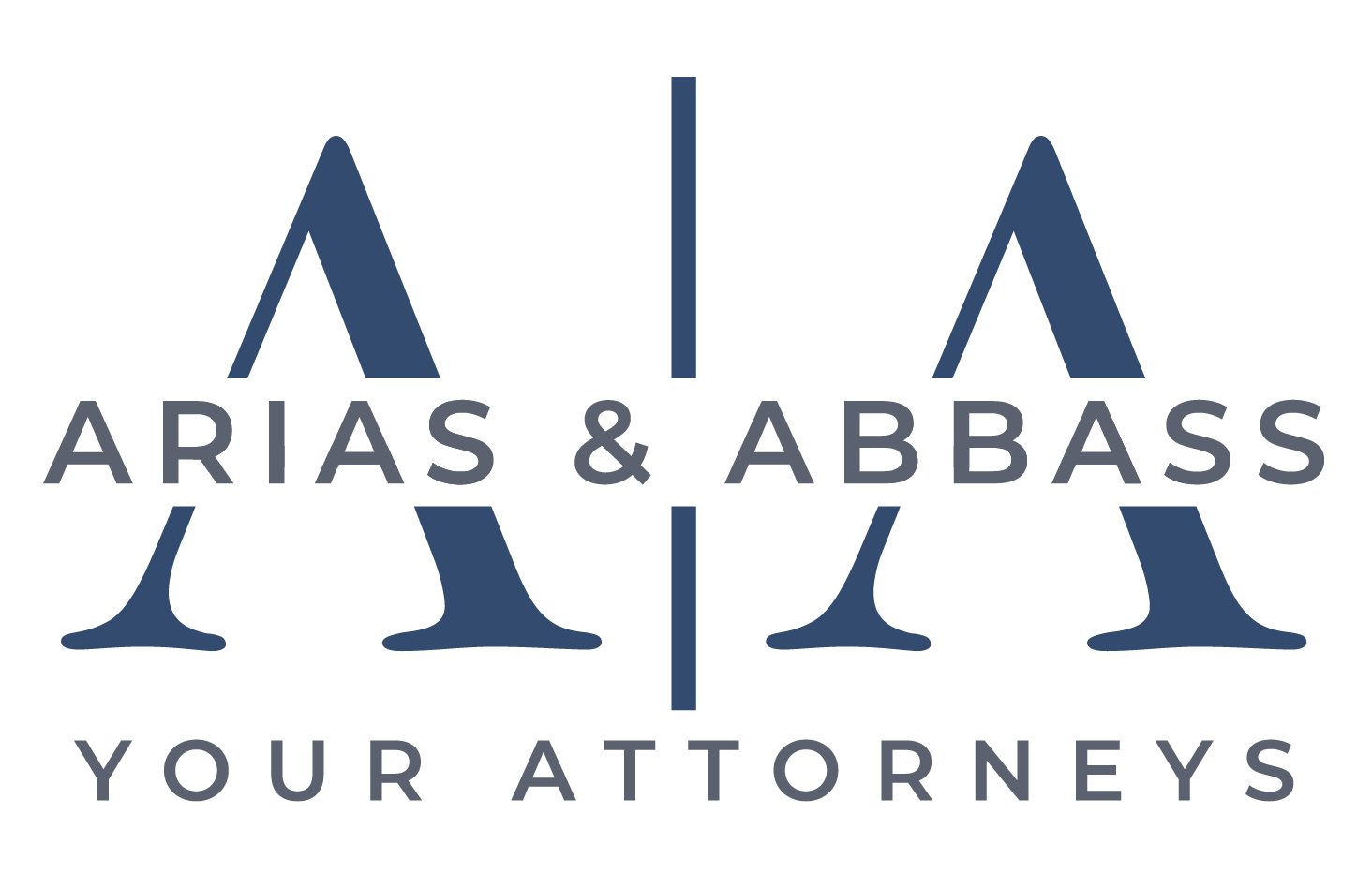Navigating the aftermath of a trip and fall injury in Florida is both physically and emotionally daunting, leaving victims unsure of their next steps. If your injuries are severe, you may have considered filing a lawsuit against the person or business responsible. However, filing a lawsuit isn’t a decision you should take lightly. Here’s an overview of what steps to take following a trip and fall accident and when a lawsuit may be necessary.
Six Steps to Take Before Making a Claim
Before embarking on a slip and fall claim, it’s important to ensure your rights are fully protected. Here are six things you should do before pursuing a claim and, if necessary, a lawsuit.
1. Get Medical Attention After Your Injury
Getting medical attention after a slip and fall injury is crucial for several reasons, both for your health and any potential legal claim. It can help with:
- Establishing a medical link with the incident;
- Creating an effective recovery plan;
- Receiving an assessment of future medical needs; and
- Meeting insurance claim requirements.
Your injuries must be properly treated, documented, and accounted for in any subsequent legal action. Seeking early medical treatment also safeguards your health and can strengthen your position in claim negotiations.
2. Collect as Much Evidence as Possible
Collecting the correct evidence after a trip and fall incident is crucial for building a case. Here’s what you should gather following your trip and fall injury:
- Photos and videos,
- Medical records,
- Witness accounts,
- An official incident report,
- An injury diary or affidavit,
- Surveillance/CCTV footage, and
- Your footwear at the time of the fall.
Collecting comprehensive evidence helps to establish the cause of the fall, the extent of the injuries, and the liability of the property owner or responsible parties. While sometimes it can be difficult to get all this information, the more you have, the better.
3. Report the Incident to the Property Owner or Another Authority
Obtaining an incident report from a property owner after a trip and fall injury is crucial as it serves multiple purposes. It acts as an official record, confirming that the incident occurred and detailing the circumstances around it—including the date, time, and specific location. This documentation is essential for proving the property owner was aware of the hazardous condition, which is crucial to establishing liability in a potential lawsuit.
4. Record Contact Information for Any Witnesses
Witness statements play a role in establishing that the claim is credible, determining fault, and influencing the outcome of legal and insurance processes. Generally, they provide an independent and objective account of the slip and fall. They may be helpful in claims with significant photographic or video evidence since they help provide context. Be sure to ask witnesses for their contact information, such as their name, phone number, and email address.
5. Avoid Giving a Recorded Statement to the Property Owner’s Insurance Company
Attorneys advise against giving a recorded statement to the property owner’s insurance company for several reasons. When you receive an injury in an incident like a slip and fall, the insurance company wants to gather details about the accident.
However, providing such a statement without legal representation can be risky. Insurance companies use various tactics to misinterpret facts or get you to admit fault. For this reason, it’s best to reach out to a trip and fall attorney before dealing with the insurance company.
6. Consult a Trip and Fall Accident Lawyer
Contacting an attorney early in a trip and fall injury case is crucial for several reasons. First, they often help with accurate documentation of injuries and evidence collection. Second, they usually handle negotiating with insurance companies on your behalf. Finally, if they’re experienced, they know the methods the insurance company and the defense will use to minimize your case.
What to Do After These Steps
After following the preliminary steps listed above, there are a few things you need to do to initiate your case. Here’s a brief overview of each process and when they are necessary.
Prepare a Demand Letter
In the initial phase, you and your attorney may draft a demand letter to the property owner or their insurance company. This letter outlines the incident, detailing where and how the slip and fall occurred, the negligence involved, the injuries sustained, and the financial impact of your injuries. As its name suggests, it usually includes a demand for a specific amount of compensation supported by relevant documentation like medical bills and income loss statements. Essentially, this letter serves as a formal request for compensation.
Negotiate a Settlement
Following the demand letter, you may begin negotiations with the insurance company. The process involves back-and-forth communication where both parties present their offers and counteroffers. Your attorney plays a critical role here, using their experience and knowledge to argue your case, justify your compensation amount, and negotiate terms. The goal is to reach a settlement agreement that adequately covers your damages without needing a trial.
If You Reach a Stalemate, File a Lawsuit
While most trip and fall injury claims settle before going to trial, there are situations where negotiations aren’t successful. Once this happens, your attorney may advise you to file a lawsuit. This decision marks a transition from informal negotiation to formal legal proceedings.
Arias & Abbass Your Attorneys Know the Insurance Company’s Tactics
At Arias & Abbass Your Attorneys, we pride ourselves on providing personalized, attentive representation that makes a real difference. With our unique experience representing insurance companies, our Florida trip and fall lawyers have gained invaluable insights that empower us to fight vigorously for your rights and the compensation you deserve. Don’t settle for navigating this complex journey alone. Contact us for a comprehensive case evaluation at no cost to you.
To get started, contact us or send us a message today. Let’s take the first step towards securing the support you need.


